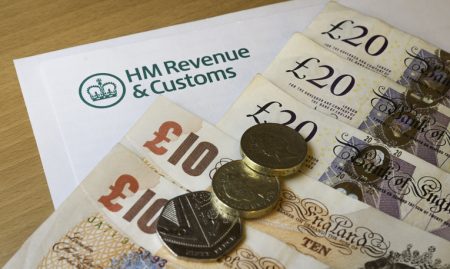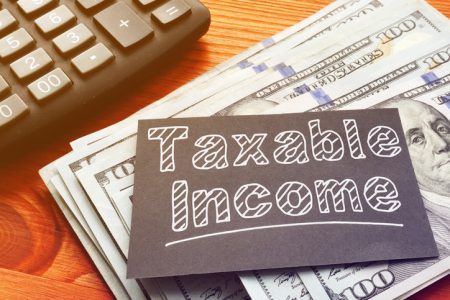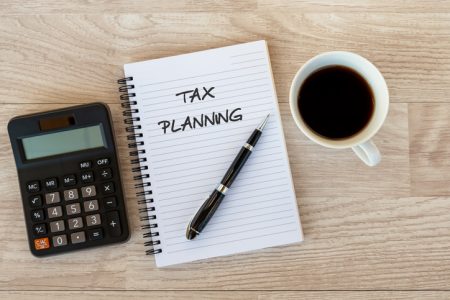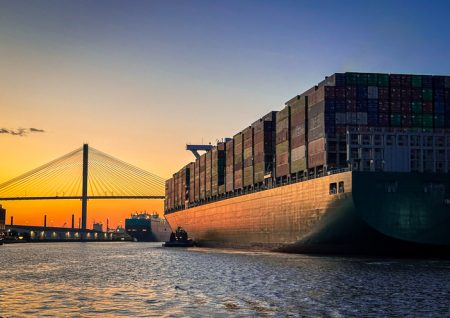President Donald Trump sees tariffs as a means to reduce trade deficits, encourage domestic manufacturing and address national security concerns. By imposing tariffs, Trump aims to make foreign goods more expensive, thereby promoting the purchase of American-made products. This approach is intended to decrease reliance on imports, and generate revenue for the government. But who really pays for tariffs? Critics argue that such measures can lead to higher consumer prices and potential trade disputes.
How confident are you that your portfolio is positioned for today’s economy? A financial advisor can help you create a strategy to protect youe money.
What Are Tariffs?
Tariffs are taxes imposed by a government on imported goods. When a tariff is applied, it often makes foreign products more expensive than domestic alternatives. Importers pay the tariff but pass the costs to consumers through higher prices.
Historically, tariffs were a major source of U.S. federal revenue and helped protect emerging industries in the 19th century. Over time, the country shifted toward free trade. After World War II lower tariffs were aimed at encouraging global economic integration.
Economists remain divided on their effectiveness. Some argue tariffs can protect jobs in targeted industries and give domestic companies room to grow. Others point out that tariffs often lead to higher prices, inefficiencies, and retaliation from trade partners. Ultimately, their impact depends on how they’re structured and how other countries respond.
Donald Trump’s push for tariffs stems from a blend of economic nationalism, skepticism of global trade deals, and a desire to reorient U.S. trade policy toward self-sufficiency. His approach reflects a belief that tariffs can be used strategically. He wants to defend U.S. industries and reshape international relationships to reduce economic dependencies. Several distinct motivations underpin his tariff strategy. Trump has consistently pointed to the U.S. trade deficit—especially with China—as a sign of economic imbalance. In his view, large trade deficits reflect lost American jobs and weakened domestic production. By raising the cost of imported goods, tariffs are designed to reduce demand for foreign products. In theory, this encourages consumers and businesses to buy American, thereby shrinking the deficit over time. A core promise of Trump’s economic agenda has been to bring manufacturing jobs back to the U.S. Tariffs target industries such as steel, aluminum, and machinery, where foreign competitors often undercut domestic producers. By making imports more expensive, the goal is to give U.S.-based manufacturers a price advantage. As a result, he hopes to incentivize companies to relocate production to American soil. Trump has argued that some countries engage in unfair trade tactics—such as subsidies, currency manipulation, and intellectual property theft—that distort global markets. Tariffs serve as a retaliatory measure meant to pressure these countries into negotiating fairer trade terms. His administration used this approach extensively in trade disputes with China, Mexico, and the European Union. Trump has employed tariffs as leverage to address immigration and drug trafficking concerns, particularly with Mexico. In 2025, he imposed 25% tariffs on Mexican imports until Mexico took stronger actions against illegal immigration and fentanyl. This strategy aims to pressure neighboring countries by tying economic consequences to their border enforcement efforts. Many economists express concern over President Trump’s tariff policies, highlighting potential risks to both the U.S. and global economies. The Penn Wharton Budget Model projects that the tariffs introduced in April 2025 could reduce U.S. GDP by approximately 6% and wages by 5%, with a middle-income household facing a lifetime loss of around $22,000. Similarly, the Tax Foundation estimates that a 10% universal tariff would reduce GDP by 4%, a 15% universal tariff would reduce GDP by 6%, and a 20% universal tariff would reduce GDP by 8%. While economists like Art Laffer view the tariffs as a strategic negotiating tool, the prevailing sentiment among experts is less optimistic. Most argue tariffs may lead to higher consumer prices, reduced economic growth, and potential long-term damage to the U.S.’s global economic standing. The unpredictability of the trade policies adds to the challenges faced by businesses and investors. Tariffs under Trump’s second term reflect a broader shift toward using trade policy as a tool for domestic and geopolitical leverage. Whether aimed at shifting supply chains, renegotiating international relationships or pressuring neighboring governments, the strategy marks a departure from decades of liberalized trade. While the short-term effects have rippled through markets and forecasts, the long-term outcomes remain closely tied to how other nations respond and how businesses adapt. Photo credit: ©iStock.com/metamorworks, ©iStock.com/Fokusiert, ©iStock.com/Korrawin Read the full article hereWhy Does Trump Want Tariffs?

Reducing the Trade Deficit
Revitalizing U.S. Manufacturing
Countering Unfair Trade Practices
Targeting Immigration and Drug Trafficking
Economists on Trump’s Tariffs
A Timeline of Trump’s Tariffs
Bottom Line

Tax Planning Tips









